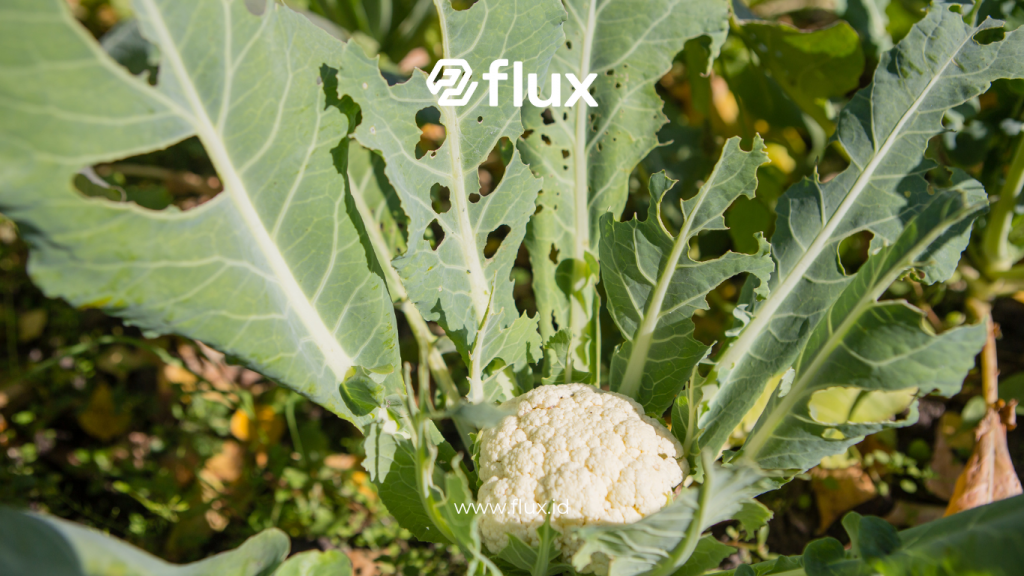Don't miss our holiday offer - 20% OFF!
In modern agriculture, technology increasingly plays a crucial role in enhancing productivity and efficiency. One of the latest innovations is the use of camera-based pest detection sensors. This technology empowers farmers to identify pests and plant diseases at an early stage, enabling them to take necessary preventive actions. In this article, we will discuss the working principles, benefits, and applications of camera-based pest detection sensors in agriculture.
Contents
- 1 1. What Are Camera-Based Pest Detection Sensors?
- 2 2. How Camera-Based Pest Detection Sensors Work
- 3 3. Benefits of Using Camera-Based Pest Detection Sensors
- 4 4. Applications of Camera-Based Pest Detection Sensors in Agriculture
- 5 5. Challenges in Implementation
- 6 6. The Future of Camera-Based Pest Detection Sensors
- 7 Conclusion
1. What Are Camera-Based Pest Detection Sensors?

Baca Juga: Complete Guide: Implementing IoT Sensors for Smart Agriculture Monitoring and Irrigation Management
Camera-based pest detection sensors are devices equipped with cameras and image processing algorithms. These devices detect the presence of pests and diseases in plants. Farmers can use this technology to monitor agricultural areas in real-time, allowing for quicker and more accurate decision-making.
2. How Camera-Based Pest Detection Sensors Work
2.1. Image Capture
These sensors continuously capture images of agricultural areas using their cameras. Afterward, they process these images to identify specific features that indicate the presence of pests or diseases.
2.2. Image Analysis
Next, the sensors utilize image processing algorithms and machine learning to analyze the captured images. This analysis helps in detecting pests. The system trains to recognize various types of pests and symptoms of diseases that appear on plants.
2.3. Early Warning System
When the system detects a pest or disease, it sends alerts to farmers through applications or other devices. This immediate notification allows farmers to take action, such as applying pesticides or implementing necessary measures.
3. Benefits of Using Camera-Based Pest Detection Sensors

3.1. Early Identification
One significant advantage of this technology lies in its ability to identify pests and diseases at an early stage. Consequently, this capability can prevent further damage and reduce crop loss.
3.2. Resource Management Efficiency
With timely information, farmers can manage resources like water and pesticides more efficiently. This proactive approach not only reduces costs but also positively impacts the environment.
3.3. Improved Agricultural Yields
By utilizing this sensors, farmers can enhance their agricultural yields. Quick and precise actions taken after early identification minimize losses and improve the quality of the harvest.
4. Applications of Camera-Based Pest Detection Sensors in Agriculture

Read More: IoT Sensor Technology in Agriculture: How to Efficiently Monitor Plant Health and Soil Conditions
4.1. Sustainable Agriculture
This sensors suit sustainable agriculture, where reducing pesticide use becomes a priority. This technology allows for better monitoring, ensuring that farmers only apply pesticides when necessary.
4.2. Broad Area Monitoring
Furthermore, with this technology, farmers no longer need to manually check every plant. Instead, sensors can monitor large areas, saving time and labor.
4.3. Integration with Agricultural Management Systems
Additionally, this sensors can integrate into larger agricultural management systems. This integration provides the data and analysis needed for better decision-making in agricultural management.
5. Challenges in Implementation
Although camera-based pest detection sensors offer numerous benefits, several challenges remain:
5.1. Initial Costs
First, the initial investment for this technology can be a barrier for some farmers, particularly in areas with limited budgets. However, the long-term benefits often outweigh the upfront costs.
5.2. Technical Skills
Moreover, using this technology requires specific skills. Therefore, training and education for farmers are crucial to ensure effective use.
6. The Future of Camera-Based Pest Detection Sensors
With ongoing technological advancements, the future of camera-based pest detection sensors looks promising. Innovations in image processing, artificial intelligence, and the Internet of Things (IoT) will further enhance the ability of this technology to monitor and manage pests.
Conclusion
In summary, camera-based pest detection sensors represent an important innovation in modern agriculture. With their capability to detect pests and diseases early, this technology helps farmers improve agricultural yields, manage resources more efficiently, and contribute to sustainable farming practices. Despite challenges in implementation, the long-term benefits make it a valuable investment for the future of agriculture.





